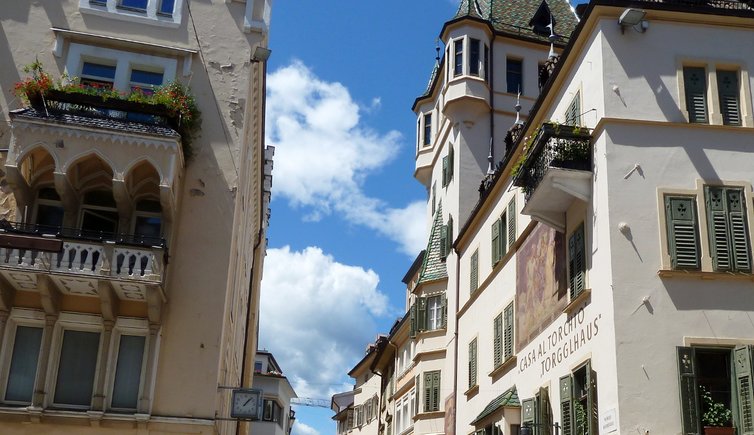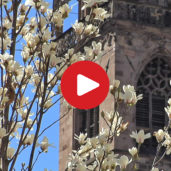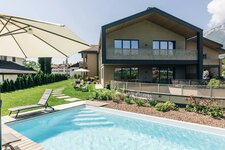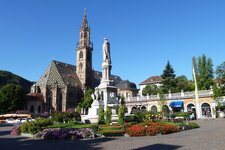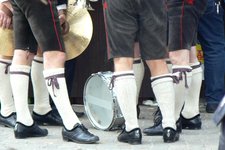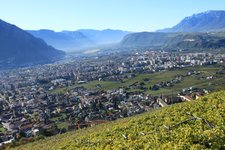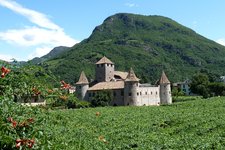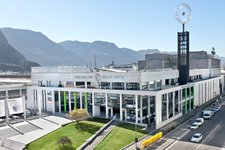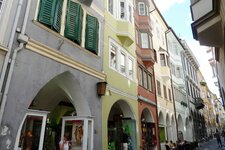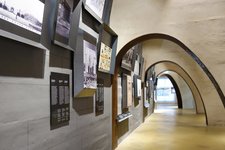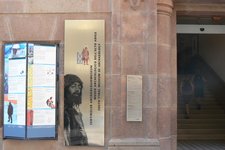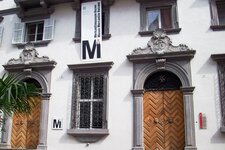Bolzano is the provincial capital of South Tyrol, which officially bears the name “Autonomous Province of Bolzano“
Image gallery: History of Bolzano
Already in Roman times, the basin of today's Bolzano was located along the Via Claudia Augusta road, which connected northern Italy with southern Germany and led from Trento past Bolzano towards the Val Venosta valley. Pilgrims on their way to Rome also passed by here. The area was then marshy and uninhabitable, but a long time ago there was a castle called Bolzano on the Virgolo hill. Bavarian rulers, Raeti and Longobards lived there one after the other.
The history of the town itself, however, dates back to the construction of the Via dei Portici alley (Arcades) around 1170 by the Prince-Bishops of Trento, who wanted to create and control a trading centre in the Bolzano basin. Soon afterwards, the Counts of Tyrol disputed the area and the town, and under Meinhard II, they demolished parts of Bolzano. From the Middle Ages onwards, Bolzano continuously expanded its position as an important trading centre between North and South: Even then it was already considered a trade fair town, where traders from all over Europe met. Today the Mercantile Museum in the town centre still tells of this long history.
The international importance of Bolzano only began to disappear in the 18th century: The mercantile magistrate founded by Claudia von Medici in 1635 was converted into a chamber of commerce, and after a brief new founding era Bolzano descended into the chaos of the World Wars. When South Tyrol was ceded from Austria to Italy by the Treaty of St. Germain in 1919, italianization started under the fascist regime. Bolzano was significantly expanded.
In 1927 Bolzano became the capital of South Tyrol, in 1964 the bishop's seat of the newly founded Diocese of Bolzano-Bressanone and in 1997, with the opening of the Free University of Bozen-Bolzano, a university town. Numerous guests visit the town every year, the stream of visitors has grown steadily with the fame of the glacier mummy Ötzi, which can be visited in the Archaeological Museum, and with the fame of the "Pale Mountains", the Dolomites, which have been included in the UNESCO Heritage List: Bolzano is considered the "Gate to the Dolomites". All this is rounded off by the excellent cuisine here at the meeting point between Mediterranean and Nordic influences.
Today the town of Bolzano consists of five districts, offers two cable cars, a train station with direct connections to Innsbruck, Vienna, Munich, Milan and Rome and accommodates about 107,000 inhabitants who speak the three official national languages German, Italian and Ladin: Bolzano, called Bolzano by the Italians, is known as Bulsan by the Ladins.
